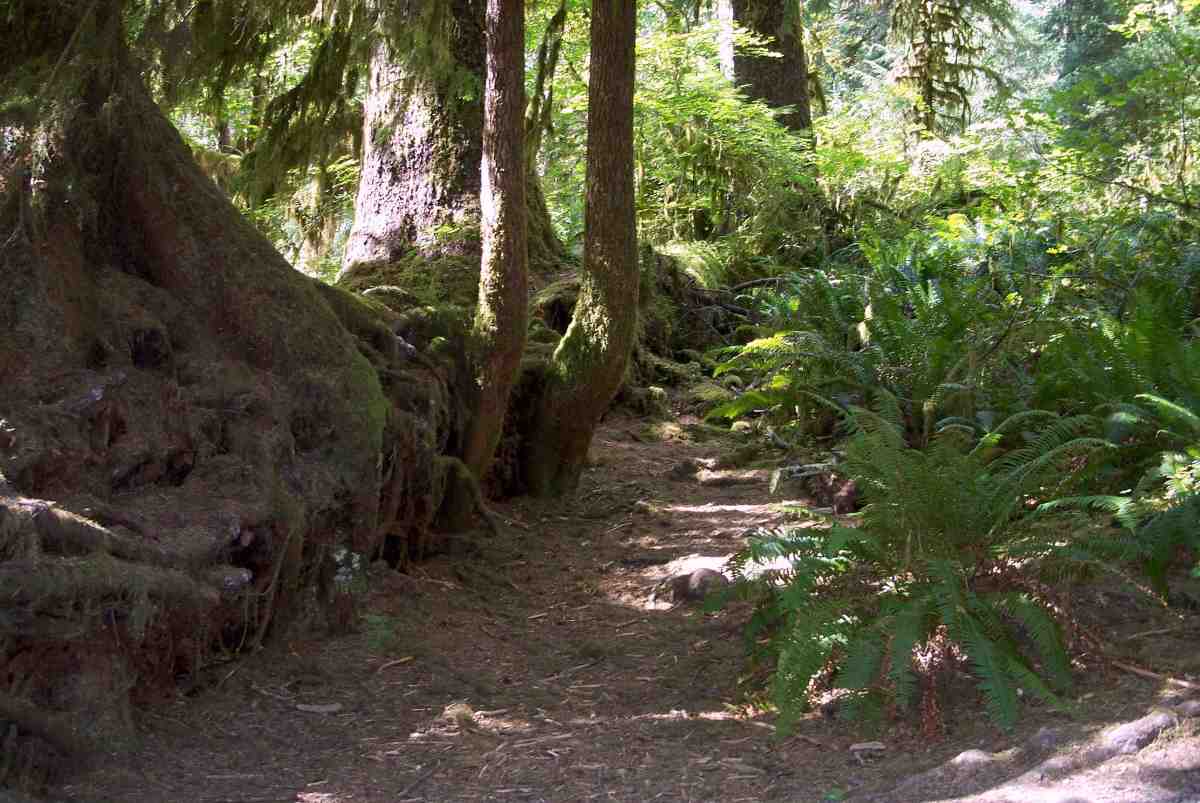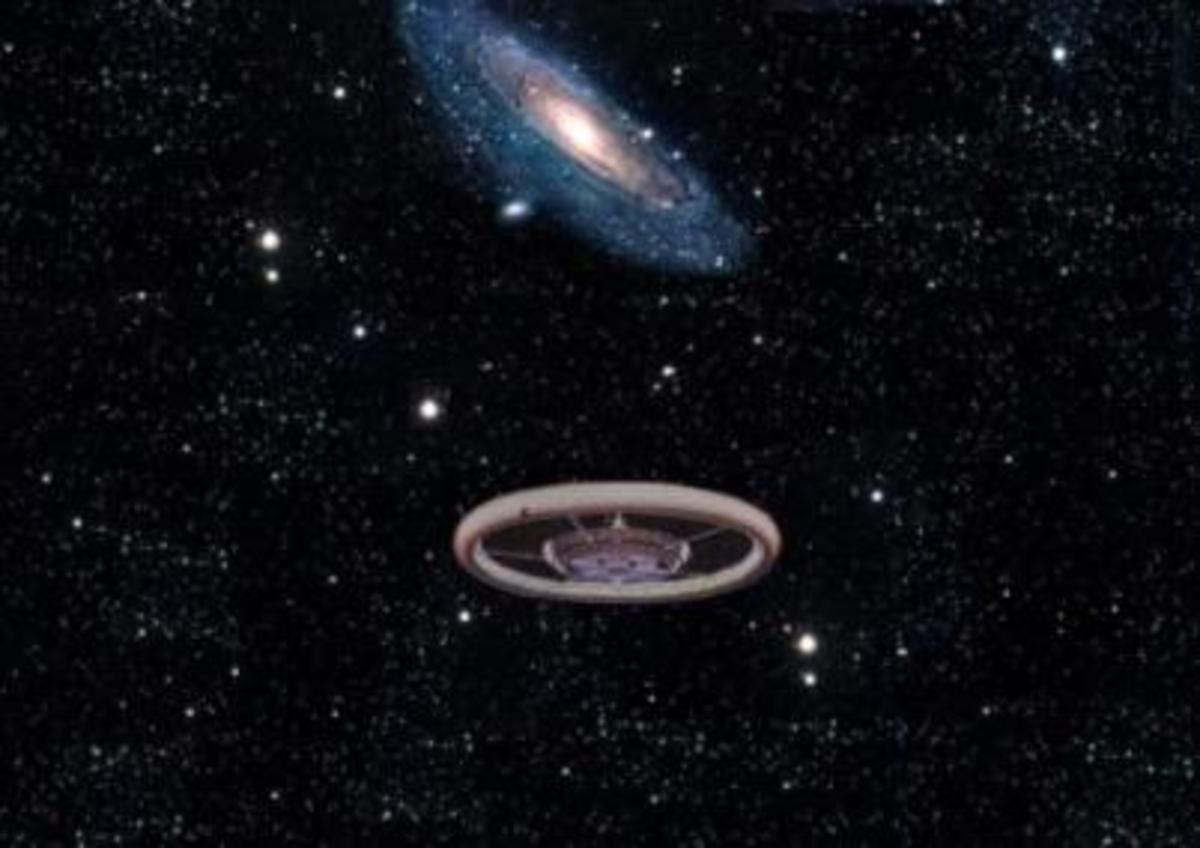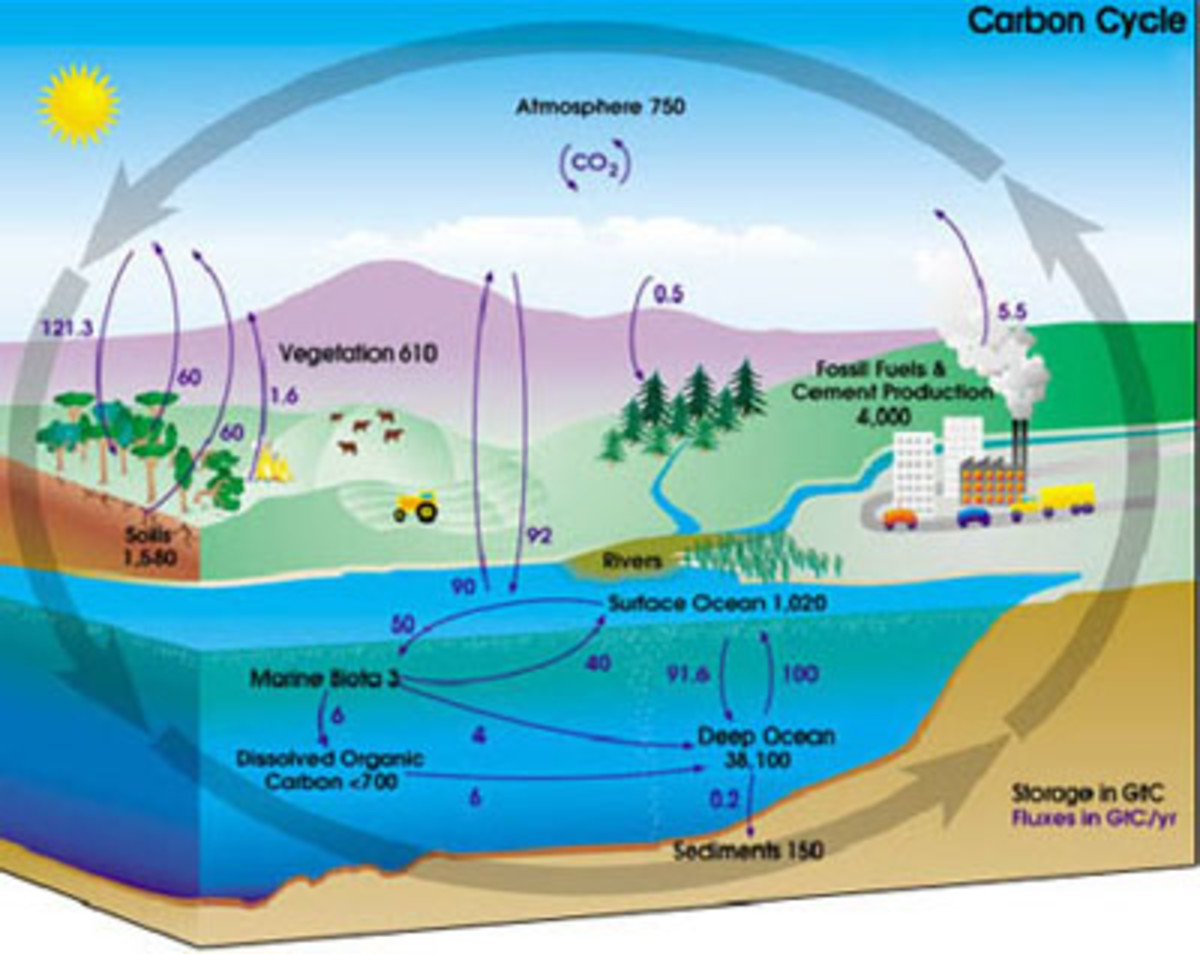Tropical dry forest
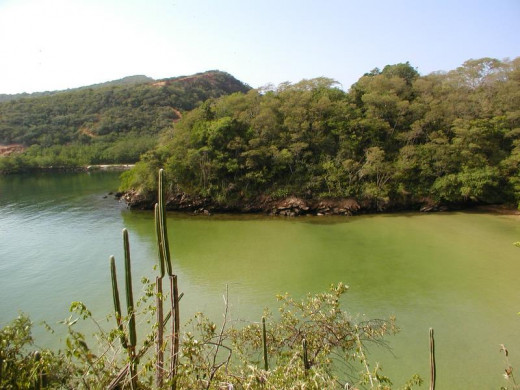
Visit the tropical dry forest in the wet seasons and no one would fault you if you went home and told your friend about your trip to the rainforest. But come back a few months later and you'll wonder where all the green went. Many of the trees are now leafless; most of the rest still have some of their leaves, but they've lost a lot of them. The leaves that are left have a yellowed, bleached-out quality to them. And with their leaves gone, you notice how thorny a lot of the trees are. Not what you remember from your first visit, not at all.
This is the essence of the tropical dry forest. For part of the year it's a riot of green, full of trees doing their best of make up for the rest of the year, when photosynthesis is going to be limited by water shortage. The trees may not be as tall and lack the magnificent buttress roots that seem so typical of rainforest trees. The forest canopy is more open, and more light makes its way down to the forest floor. Instead of tall, fluted trunks disappearing into the dim light above, the trees here branch profusely, often quite close to the ground.
The end result is something quite different from the 'cathedral-like' quality of the rainforest understorey. Aside from the thorns, this creates a warmer, friendlier-seeming forest. The tree trunks are much slimmer than the rainforest trees, but the wood is much denser. Hit one with the flat of your cutlass (or machete) and it may ring like metal hit against a concrete post. These trees are truly hardwoods.
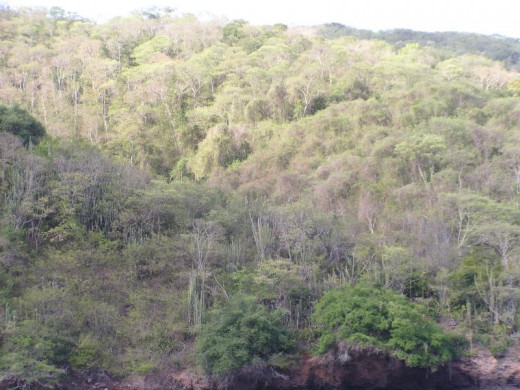
Dry forests, you say?
Most people are familiar with tropical rainforests, but few have heard of tropical dry forests. It doesn't help that we seem to have a hard time coming up with a single name for all these forest types - sometimes they are called tropical deciduous forests, sometimes tropical semi-deciduous (or semi-evergreen) forests, sometimes 'tropical and subtropical dry broadleaf forests'. Some people call them thorn forests or thorn scrub. And some people even call them 'dry rainforest'. It can all get very confusing.
Leslie Holdridge, an American forester and ecologist, came up with a system a 'life zones' in the 1960s. His definition of dry forests is still quite widely used. In essence, he said that they are 'tropical or subtropical forests' that, in any given year, received less precipitation than they could have given off (through evaporation and transpiration) had the water been available. In other words, these forests experience a long-term water deficit. Despite that, most dry forests experience both a wet season (where there's enough water to meet the needs of plant growth, and frequently excess water that runs off in streams and rivers) and a dry season where there's a substantial water deficit.
Tropical and Subtropical?
Yes. Holdridge used that term in a way that's slightly different from the way people commonly do. In his definition, tropical and subtropical zones are areas frost-free areas where average annual temperatures exceed 17°C. So areas like the southern US and the Mediterranean are not subtropical in this definition. He also separated tropical from subtropical at a mean annual temperature of 24°C.
What about deserts and savannas?
If you define dry forests broadly, you run into the question of where to dry the boundaries between dry forests and deserts. Often it's an academic question, because the areas adjacent to deserts are so badly degraded that there's no forest to quibble over. Holdridge put the cut-off around 250 mm per year of precipitation, but often it's a question of whether the trees are tall enough and closely spaced enough that you can call it forest at all.
Savannas provide another challenge. The definition of a savanna depends on the degree of grass cover. If the grass cover is patchy, you're still in the forest. If the grass cover is continuous (regardless of how much tree cover there is) you've got savanna. This sort of definition is subjective, of course, and it's also fluid - fire and grazing animals can extend grass cover at the expense of forest cover, converting an area from forest to savanna or back. On the other hand, many areas that support savannas are too wet for dry forest - if they supported forest, it would be classified as part of a wetter forest community. In fact, more rainfall allows the grass to grow taller, providing more fuel for fires in the dry season, making it easier for savannas to expand at the expense of forests.
Dry forest conservation
Most people are aware of the problems faced by tropical rainforests - these unique, highly species-rich forests are being lost at an alarming rate. Loggers create roads which are used by people who move in to settle the new lands. Large scale agricultural operations clear rainforest to establish plantations (especially palm oil) and cattle ranches. Globally, these forests are in danger. Although few people are even aware that they exist, the problems with tropical dry forests are more pronounced; their destruction was largely completed decades ago.
In a paper published in 1986, ecologists Peter Murphy and Ariel Lugo estimated that 42% of the land mass in the tropics could once have supported dry forests. Today, only a fraction of these lands support forest of any kind. In many parts of the world, dry forest conservation isn't enough - we have to work to actively re-grow them, if we want future generations to experience intact dry forest.


